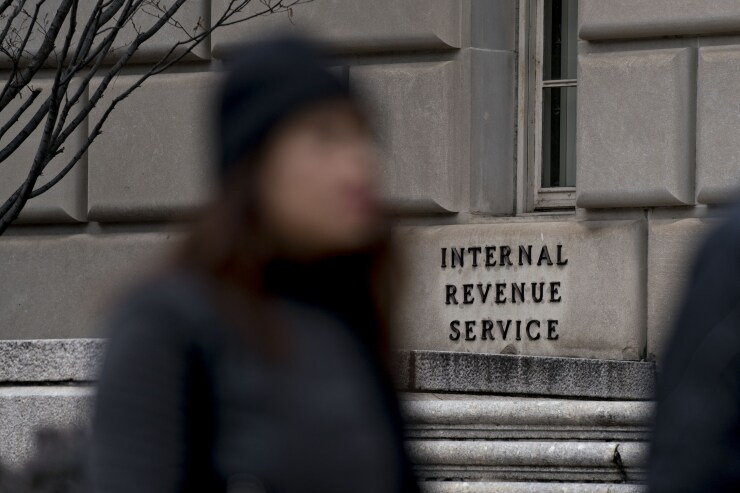The Internal Revenue Service sometimes took years to resolve cases involving employee misconduct, instead of the required six months, according to a new report.
The
Employee misconduct can happen in any organization, and the IRS is no exception, especially with such a large workforce. The IRS’s workforce totals more than 83,000 employees.

“While a small percentage of IRS employees are formally disciplined for misconduct each year, every case can affect employee morale and the agency’s ability to accomplish its mission,” said the report. “Misconduct affects not only the employee and the supervisor; it also affects those who interact with the employee. If not timely and appropriately addressed, misconduct could affect the quality of taxpayer services and damage the public image of the IRS.”
On the positive side, the report noted that the IRS has developed and consistently used a Conduct Case Closure Checklist to address documentation problems previously identified by TIGTA in earlier reports. For the new report, TIGTA reviewed a random sample of 86 substantiated misconduct cases closed from Aug. 1, 2019, through July 31, 2020, and determined that the IRS’s labor and employee relations field operations specialists used the checklist in all but one of the cases. The specialists also documented case actions in consideration of various criteria known as Douglas Factors, such as the employee’s disciplinary history, position and years of service, when imposing a penalty for employee misconduct. However, TIGTA still found that employee misconduct was not always addressed in a timely way.
IRS management has begun testing options for a new case management system that will automate some of the processes, such as sending emails to front-line managers to remind them of the case actions they need to pursue.
TIGTA also found that the IRS’s quality review reports don’t include enough information to identify the corrective actions that could be needed, and the quality reviews aren’t performed by a party outside of IRS field operations. Instead, review results are reported as a single score with no attribute details that would help identify issues, such as untimely case actions.
TIGTA recommended that the IRS automate more of its employee misconduct case processes, including elevating cases to higher-level supervisors when appropriate. Once the system is set up, the IRS should also train employees to use the new system features to improve case timeliness. The report also suggested that the IRS should revise its quality review sheets to make sure that weighted formulas and calculations accurately represent the circumstances of the case and management priorities. The IRS should also make certain that the quality review process offers management sufficient details and is done by people who don’t have responsibility for the activities being evaluated.
The IRS agreed with all of TIGTA’s recommendations and plans to take corrective actions. “The IRS takes its responsibility seriously to ensure the adjudication of employee misconduct is consistent and equitable, and we are committed to adhering to all applicable federal laws, regulations, and IRS policies and procedures,” wrote IRS human capital officer Kevin McIver in response to the report. He pointed to the significant improvements in the IRS employee misconduct program that were noted in the latest report and said that factors outside of the IRS control, including COVID-19 and government shutdowns, had contributed to the delays in closing cases. To address delays in case closures, he added that the IRS will periodically publish articles on its website reminding managers of the importance of taking timely action in the employee misconduct case process.





